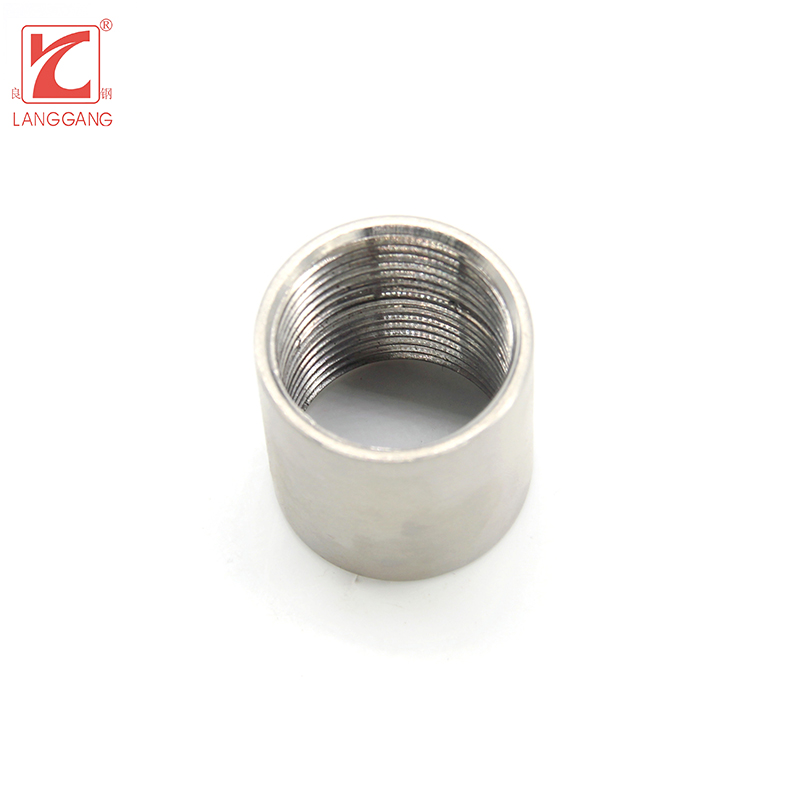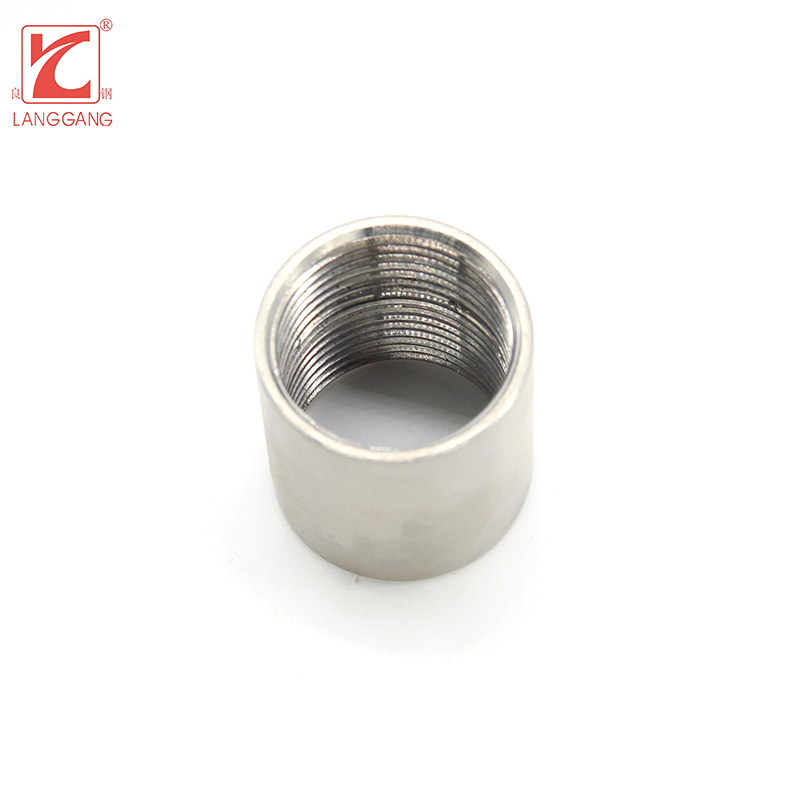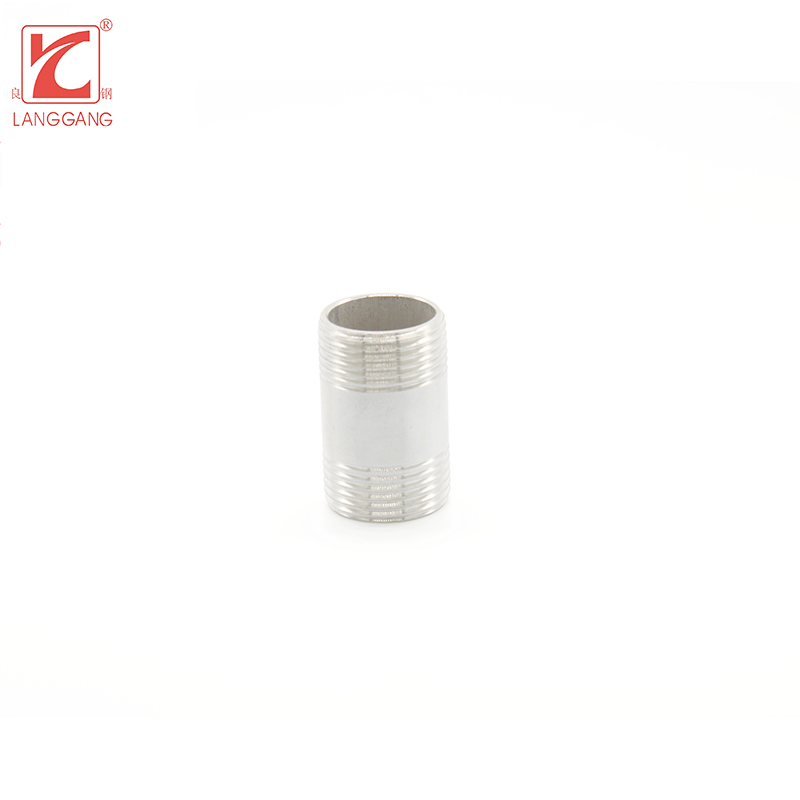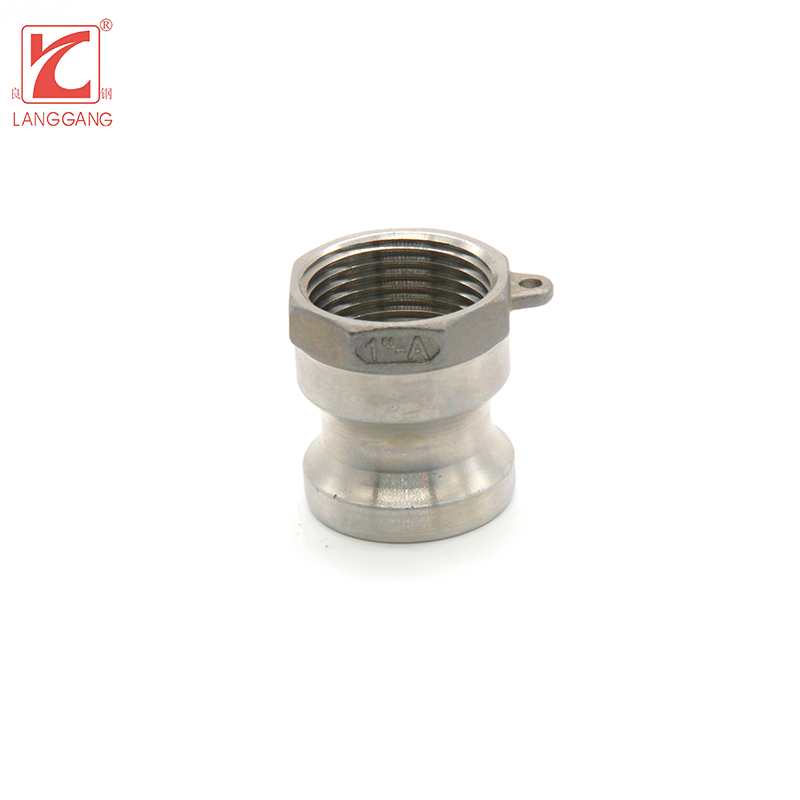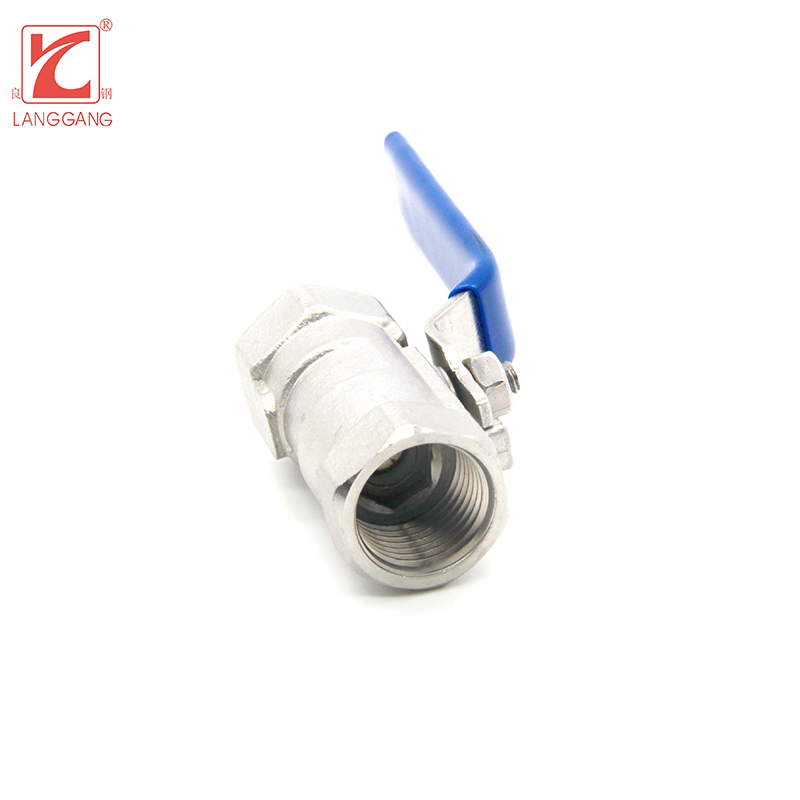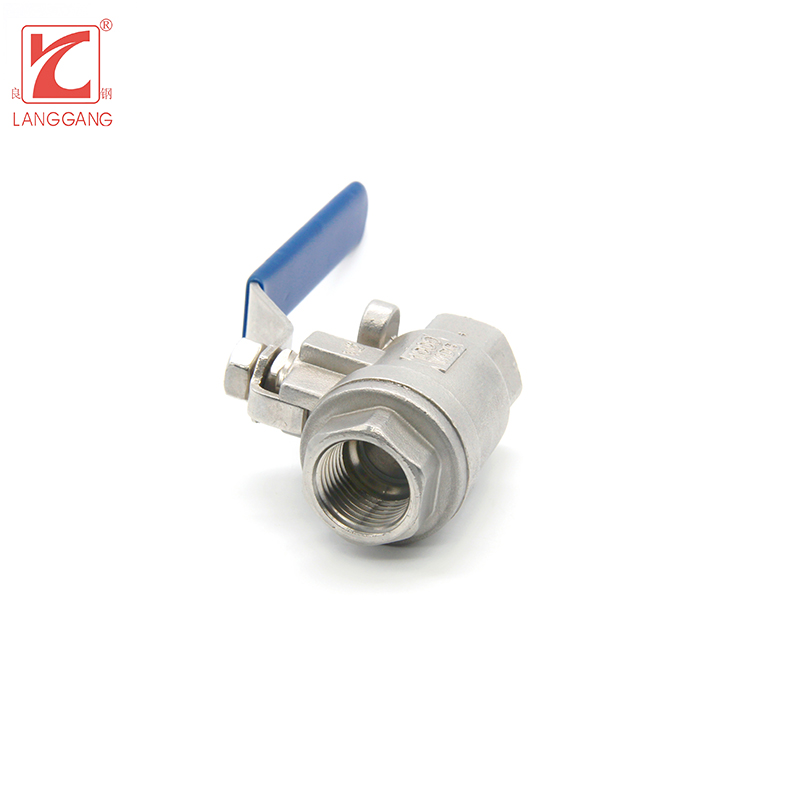Introduction of Check Valve
Introduction of Check Valve
A check valve, also known as a non-return valve or one-way valve, is a mechanical device used to prevent backflow of fluids in a pipeline system. It allows fluid flow in only one direction and automatically closes to prevent backflow when the pressure drops below a certain threshold. The primary function of a check valve is to protect equipment, such as pumps and compressors, from damage caused by reverse flow.
Check valves can be found in various types and designs that are suited for specific applications. Some common types include swing check valves, ball check valves, diaphragm check valves, lift check valves, and wafer check valves. The design of the valve dictates its mode of operation; some operate using gravity or spring force while others require pressure to operate.
Check valves are widely used in various industries such as water treatment plants, oil refineries, petrochemicals, food processing plants, pharmaceuticals manufacturing facilities and many more where there is the possibility of backflow occurring. They come in different sizes ranging from small inline versions to large ones used in industrial settings.
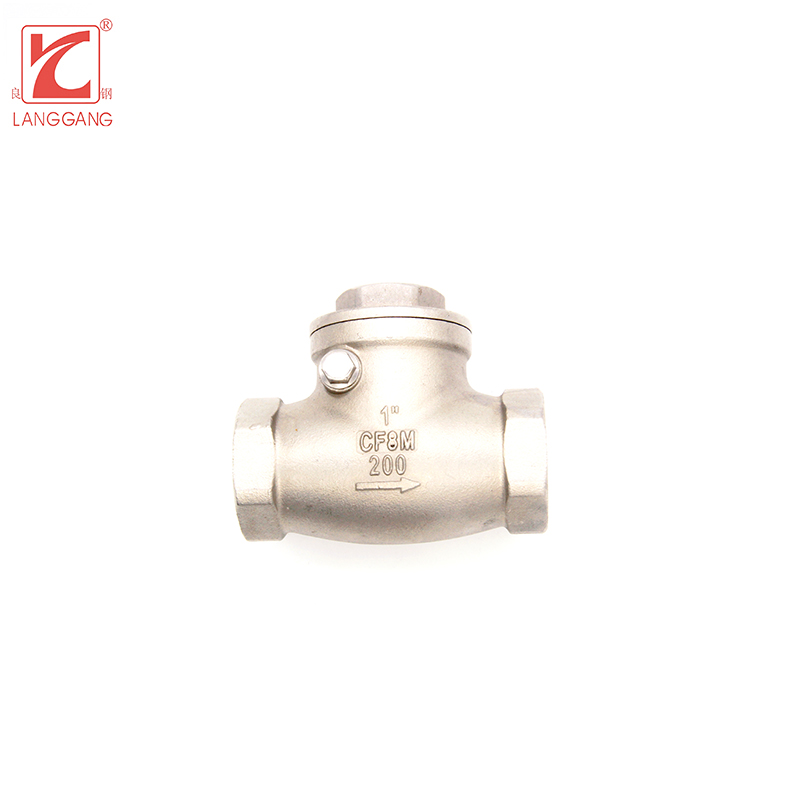
Types of Check Valves
There are various types of check valves available in the market, each with its own specific function and applications. Below are some of the widely used types of check valves –
1. Swing Check Valves: Swing check valves are the most commonly used type of check valves. These valves have a disc that swings on a hinge to allow fluid to flow in only one direction. The disc swings open when the pressure inside the pipe exceeds the pressure outside, allowing the fluid to flow through.
2. Lift Check Valves: Lift check valves operate by lifting the disc off its seat to allow fluid to flow and then dropping it onto the seat to stop the flow. These valves are often used in high-pressure applications.
3. Ball Check Valves: Ball check valves use a ball-shaped disc that rotates to create a seal against the valve seat. Fluid flows around the ball when the valve is open and stops when the ball returns to its original position.
4. Diaphragm Check Valves: Diaphragm check valves have a flexible diaphragm that lifts up and down to allow fluid to flow in one direction. The diaphragm acts as a barrier between the fluid and the valve components, preventing contamination.
5. Piston Check Valves: Piston check valves use a piston that moves up and down to allow fluid to flow in one direction. When the fluid pressure decreases, the piston drops back onto its seat, preventing the fluid from flowing in the opposite direction.
6. Flapper Check Valves: In flapper check valves, a flapper-shaped disc moves up and down in response to fluid pressure changes. When fluid flows in the desired direction, the disc lifts up to allow flow. When fluid attempts to reverse direction, the weight of the disc causes it to seal against the valve seat.
Each type of check valve has its own advantages and disadvantages depending upon the application and fluid medium involved. Therefore, it's crucial to select the appropriate type of check valve that fulfills the requirements of the specific application.
Designs&Functions
The working principle of a check valve is based on the concept of pressure difference. When the pressure on the inlet side of the valve is greater than the pressure on the outlet side, the valve opens and allows fluid to flow through. However, when the pressure on the outlet side is greater than the pressure on the inlet side, the valve closes and prevents backflow.
The check valve consists of a body, a disc, and a spring. The body is the outer casing of the valve, and it contains the disc and spring. The disc is a movable component that opens and closes the valve. The spring provides the necessary force to keep the disc in the closed position.
When the fluid flows through the valve, it exerts pressure on the disc. If the pressure on the inlet side is greater than the pressure on the outlet side, the disc is pushed open, and the fluid flows through the valve. However, if the pressure on the outlet side is greater than the pressure on the inlet side, the disc is pushed against the valve seat, and the valve remains closed.
Check valves are commonly used in pipelines, pumps, and compressors to prevent backflow and protect equipment from damage. They are also used in hydraulic systems, where they prevent the loss of pressure and maintain the system's efficiency. Check valves are available in various designs, including ball, swing, and lift check valves, each with its own unique working principle.
Why Stainless Steel?
We use stainless steel to produce check valve due to its desirable properties and characteristics. Some of the reasons for using stainless steel in adaptor pipe fittings are:
1. Corrosion resistance: Stainless steel has a high resistance to corrosion, which makes it a popular choice for use in environments where there is exposure to moisture or harsh chemicals. This property helps make check valve suitable for use in plumbing applications.
2. High strength and durability: Stainless steel is a tough material that can withstand high pressures without breaking down. As such, check valves made from stainless steel are durable, long-lasting and can work effectively under demanding conditions.
3. Sanitary applications: When used in food processing plants or other sanitary applications, stainless steel is an ideal choice because it does not react with most substances. It's non-porous nature allows for easy cleaning, ensuring that no contaminants build up even after prolonged use.
Conclusion
Regardless of the specific type, a check valve operates by blocking the reverse flow of media when it exceeds a certain limit, thus preventing damage to the pipelines and ensuring proper and efficient flow of the medium.
LGfittingvalve is a professional check valves manufacture provides all kinds of Stainless Steel pipe fittings and valves.Feel free to contact us if you are looking for check valves for your project or store.


